 Search engines have become vital for every organization or individual wishing to make themselves visible on the internet. And with 3.3 billion queries made every day around the world, it is essential to appear on the search engines in order to be easily found. And it’s even better if you’re on the first page of the results, which alone captures 90% of Internet users’ clicks.
Search engines have become vital for every organization or individual wishing to make themselves visible on the internet. And with 3.3 billion queries made every day around the world, it is essential to appear on the search engines in order to be easily found. And it’s even better if you’re on the first page of the results, which alone captures 90% of Internet users’ clicks.
In order for your museum to be among the first results, you must now work on the search engine optimization (SEO) for your website. How can you do that? We explain the best practices.
What SEO is and what it’s for
SEO is the practice of improving the positioning or ranking of your website in search engine results using well-defined keywords specific to your line of business. It uses web marketing and technical levers.
A well ranked (indexed) website makes you more visible for your targets, makes you better known and generates traffic to your website and ultimately to your museum.
There are 2 types of referencing: organic (free) search engine optimization (SEO) and fee-paying search engine advertising (SEA).
Organic (or free) search engine optimization
Google will display first in its results the websites that seem best to respond to the queries made by users, in order to satisfy them and ensure that they continue to use its services.
In order for your website to respond as well as possible to the user’s query, you need to provide relevant content and quality. To do so, give a complete description of your activity, your contact information, your opening hours, your news, etc. These are keywords that will answer your target’s search. For example: modern arts museum Paris.
It is also important that your website be updated with regular production of content. This shows that your website is active, which is a criterion highly appreciated by search engines. The writing of blog articles is therefore a genuine plus point that is far from being negligible and we strongly advise you to write. The articles must be of quality and give your target added value, without duplicating already existing content, which risks being penalized by search engines. Use a variety of content and formats (video, photo, text, audio, etc.) to appeal to your users and … to Google!
To improve your SEO, you can also use backlinks. These are links hosted on other websites that redirect to yours. The more your museum and your website appear on the internet, the better you will be indexed and ranked. To do so, work with a company whose business is complementary to yours and offer an exchange of visibility on your respective websites. For example, the tourist office may be a good specifier and traffic generator for your museum.
Finally, search engines also take into account the performance of your website. Make sure that the loading time of your pages is not too long (beware of images that are too large in particular) and that the display of your website is suitable for mobile devices (smartphones, tablets).
Organic search engine optimization is a long-term job, and it sometimes takes several months to achieve the required results.
Search Engine Advertising (SEA)
Unlike SEO, SEA produces more immediate results but they necessarily have a cost.
With this technique, your website will appear first in the search engine results as advertising content (sponsored links).
To obtain this, buy keywords related to your activity and to the queries made by your targets. To determine the right keywords on which you position yourself, we advise you to put yourself in the place of your targets and think about the terms they would use to search for and find your website.
If you do not know the most frequently searched keywords, you can use the Google Trends tool to do so. Remember to add synonyms for greater efficiency … even misspellings! Typing errors are very numerous on the web, and even more for searches done from a smartphone.
Keywords are purchased via an auction system. For Google, this is done on its advertising network platform called Google Adwords. It’s up to you to agree on the duration of the campaign, the daily budget and the auction strategy that suits you best. To get started, we advise you to pay on a cost per click (CPC) basis, i.e. each time you obtain a visitor.
In practical terms, this means that as soon as a user carries out a search containing the keyword that you have bought, your website will appear in the results. And you will be billed by the advertising agency each time someone clicks on your ad.
Whenever possible, select targeted keywords that are not too general because they are in great demand by your competitors and therefore more expensive. In practice, this can vary from € 0.10 per click to several euros per click.



